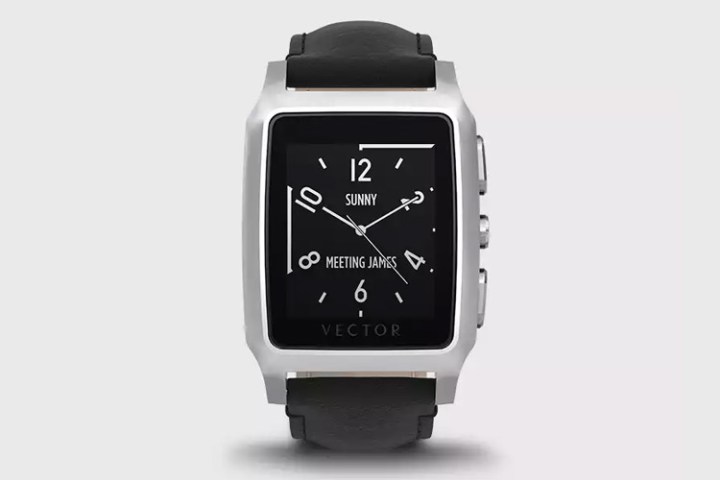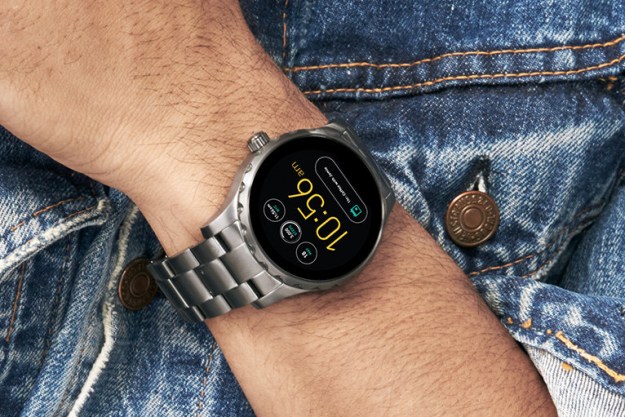
Designed as a low-key smartwatch, Vector’s designs are much closer to traditional watches than they are to the fitness trackers that Fitbit puts out. That may be why the company acquired the brand, though TechCrunch has it that Fitbit’s real interest was in the company’s design team and software platform.
The price paid for Vector is currently undisclosed, though it seems unlikely to be as much as was paid for Pebble, which built a very successful business over the years driven by its crowdfunding campaigns. It remains to be seen if Vector will go the same way as Pebble, effectively shutting down the brand after the acquisition.
It seems most likely now that, along with its purchases of various smartwatch makers, Fitbit will branch out heavily into that field. It certainly has enough patents, designs, and engineering expertise to do something special. Vector itself was stocked with strong talent, with the likes of the former CEO of Timex and the former creative lead from that same company.
Presumably Fitbit will offer something quite classy once its newly acquired teams get to work. The only question now really is, when can we expect to see it?
Neither of the statements from Fitbit or Vector really answers that question for us. We do know however that while Vector will not be releasing any new products under its brand, it will continue to support existing smartwatches and back-end software, though no new updates will be released.
Vector smartwatch owners should keep an eye on that aspect of things, as it is possible that security vulnerabilities could appear in the future.
Editors' Recommendations
- Fitbit Versa 3 vs. Apple Watch SE: Can Fitbit outrun Apple?
- Watch out, WearOS. Fossil has reimagined the hybrid smartwatch



